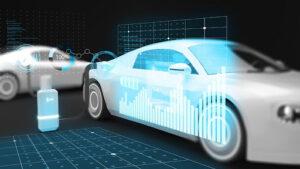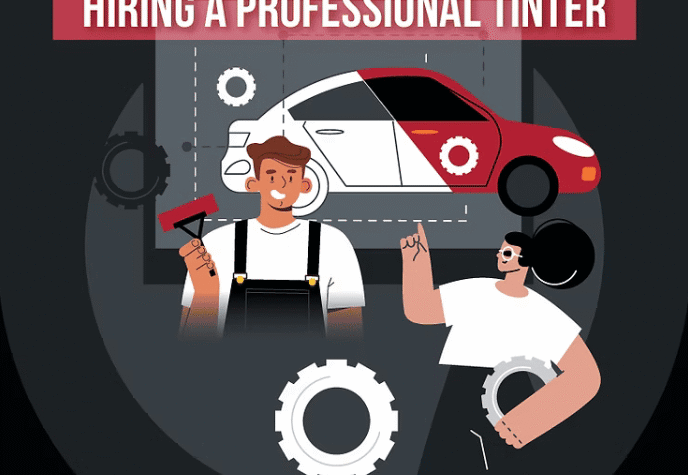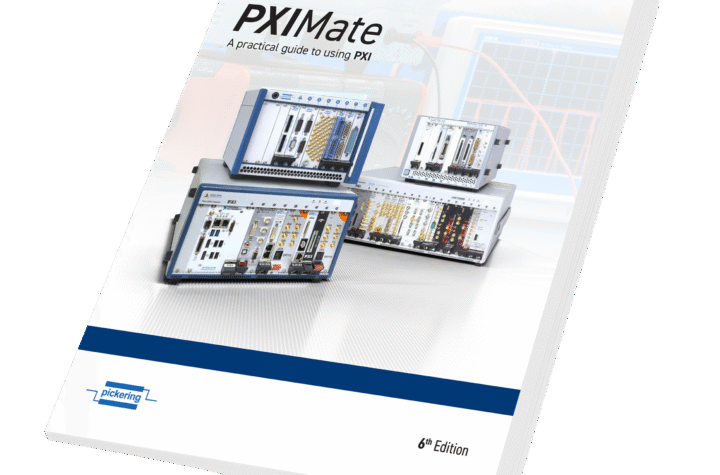
2035, the date when most new Internal Combustion Engine vehicles are supposed to be phased out by Europe and by federal procurement in the US are rapidly approaching. The entire automotive industry is reinventing itself at high speed to get ready for this deadline, from design to supply-chain to manufacturing. Infrastructure for the electric grid and charging stations is also trying to catch up. So, it is only fair to ask: How does the actual EV market penetration compare to the initial projections at this stage and what are the challenges?
Some countries in northern Europe (with territories and population concentration favorable to the development of renewable wind power infrastructure) are leading the pack with 35 to 88% of the new cars sold in volume in 2022 as Plug-In Electric Vehicles (PEV). This number is 29% for China and only 7.7% in the US. A long way to go to convert new car buyers to willingly purchase a PEV!
How can players in the car industry adapt to this reality? What do we need to shift the pace and consumer sentiment? Range, rapid charging infrastructure, awareness and education, incentives, regulations, lower acquisition cost, and lower cost per miles driven vs ICE include some factors that come to mind.
Global factors – Government intervention encouraging adaptation
This 2035 deadline could be challenged or promoted by administrative priorities or agenda in the major economies. Automotive companies need to anticipate and gauge the likelihood of a shift in direction to get better prepared than their competitors. Gray markets could intensify with consumers buying ICE vehicles in neighboring states where a potential restriction would not be in place.
China leads the EV supply chain, starting from its increased geopolitical influence in Africa and Latin America where the rare minerals are sourced, to the low-cost battery technology. China has also promoted a rapid adaptation rate for EVs and leads the battery market with players such as CATL and BYD. Charging infrastructure is also being developed. While a rapid adaptation rate in the auto industry is indicated, there is still a strong reliance on the coal power plants to generate electricity.
Europe is using the high tax lever on gasoline and subvention to EV to prime the EV transition, but this shows some limits when the electricity price has been drastically increased as the result of sanctions with Russia. It’s entering a phase of recession and decline which may challenge a continued EV transition due to affordability reasons and rising questions on its actual merits.
Labor and other market characteristics
Labor (skilled) shortage can be an additional challenge. The recent UAW strike is an indicator of questions on this conversion and has the potential to decline the industry growth factors for the US. The strike impact on the growth of the EV market is yet to be seen.
Over 50% of the new vehicles sold in the US are SUVs, more than in previous years and decades. Air transportation is also growing and exceeding pre-COVID levels, which indicates that the appetite for drastic carbon restriction is not so ingrained in industry or in the general population who can still afford to do so.
Rural areas are potentially likely to be more resistant to EV implementations, influencing factors being access to charging infrastructure or perception of vehicle cost. Education, awareness and local government/community participation will be key.
Cost of transition
This brings us to the affordability as well as profitability aspects. With the current inflation levels and looming economic indicators, new car affordability is becoming out of reach for a growing number of consumers. PEV are more expensive than Internal Combustion Engine vehicles (ICE) for the equivalent models. The 2035 deadline for selling only new PEV that a growing number of people cannot afford may cause a real risk to derail its adoption.
The other side of this is the profitability of automotive OEMs. Volkswagen recently announced stopping production of ID.3 electric models in Dresden and reassigning close to 300 employees. A lack of orders, higher inflation, and smaller subsidies are threatening demand for Volkswagen electric vehicles, according to the report. European players deal with energy prices, inflationary pressures, interest rates – all of which can make the cost of EV persistently higher.
Government incentives also require localization of sourcing and production. Per IRA or Inflation Reduction Act, to meet the critical mineral requirement and be eligible for a $3,750 credit, the applicable % of the value of the critical minerals contained in the battery must be extracted or processed in the US or a country with which the US has a free trade agreement, or be recycled in North America. For 2023, this amounts to 40% and beginning in 2027, this rises to 80%.
Both EV sales and cost can be affected during the restructuring/reshoring process for the supply chain.
Pending questions
Another major constraint is the long-term investments in “green” power plants required to develop the electricity supply, which can present a sourcing issue as well as grid capacity issue. A different question, in the downstream, on how a ‘Used EV car sale’ would work and how the batteries can be recycled are still lingering.

Image: iStock by Getty Images
In conclusion, players in the EV sectors should always stay vigilant in soft signals that could challenge the otherwise pre-written trajectory. This applies to strategic decision making in R&D, new product development, mergers and acquisitions, skilled labor, strikes, product positioning and marketing, to name a few.
A complex level or interdependent factors are at play in projecting the future based on the actual market trends. AI and business analytics can help monitor all these moving pieces, from new technologies emerging to geo-political shifts, raw material availability and country risks.
Connect with Vertaeon’s risk and market intelligence all in the major three markets, US/EU/China for the EV, battery and charging markets. These include ongoing and tracking of investments, capex, technologies, M&A, JV, geopolitical factors and more. Days of sourcing and assessing information from multiple sources are over with Vertaeon’s SaaS tool for the EV market!
Copyright © 2023 Vertaeon LLC. All rights reserved.
Disclaimer: The content in this blog is intended for informational purposes only. Multiple published sources were used as references. Vertaeon provides no endorsement and makes no representations as to accuracy, completeness, or validity of any information or content on, distributed through or downloaded, or accessed for this article. All rights and credit go to original content owners from various sources. No copyright infringement is intended. Vertaeon will not be liable for any errors, omissions, or delays in this information or any losses, injuries, or damages arising from its display or use. All information is provided on an as-is basis without any obligation to make improvements or to correct errors or omissions. Vertaeon makes no guarantees or promises regarding the sources and does not necessarily endorse or approve of their content. You may contact Vertaeon at https://www.vertaeon.com with any questions.





More Stories
Professional vs. DIY Tinting: What You Should Know
New updated edition of “PXIMate” reference guide for T&M engineers available from Pickering Interfaces
5 Mistakes That Can Ruin Your Car Accident Claim